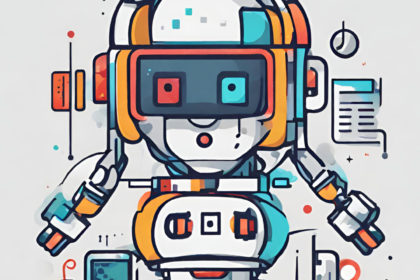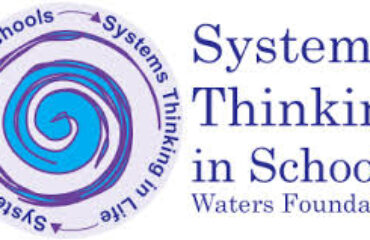
“Artificial Intelligence Breaking Through to the Classroom: Transforming Education for Teachers and Students”
In today’s rapidly evolving technological landscape, Artificial Intelligence (AI) is making remarkable strides in various aspects of our lives, and education is no exception. The infusion of AI into classrooms is ushering in a wave of positive transformations, benefiting both teachers and students. The foremost advantage lies in personalized learning, where AI algorithms analyze individual learning styles, pace, and strengths to create customized learning plans. This tailored approach ensures that students receive targeted support and challenges, allowing them to progress at their own pace.
Furthermore, AI presents educators with enhanced teaching tools, such as virtual assistants, chatbots, and grading automation, streamlining administrative tasks and providing more time for direct teaching and interaction with students. Intelligent tutoring systems, powered by AI, act as virtual mentors outside of regular classroom hours, offering real-time feedback and customized practice exercises.
The data-driven insights generated by AI in education are invaluable for teachers. Analyzing vast amounts of student performance data helps educators identify patterns and trends, allowing them to adapt teaching methods to address specific challenges and optimize the overall learning experience. AI also contributes to inclusive education by providing adaptive technologies for students with diverse learning needs, making educational resources accessible to everyone.
Moreover, AI fosters improved communication and collaboration through virtual platforms, facilitating instant feedback, parent-teacher communication, and collaborative project management. While the integration of AI in education presents challenges and ethical considerations, its potential to create a more efficient, inclusive, and responsive learning environment cannot be overlooked. The synergy between teachers and artificial intelligence is shaping the future of education, promising a more engaging, effective, and student-centered approach to learning.

